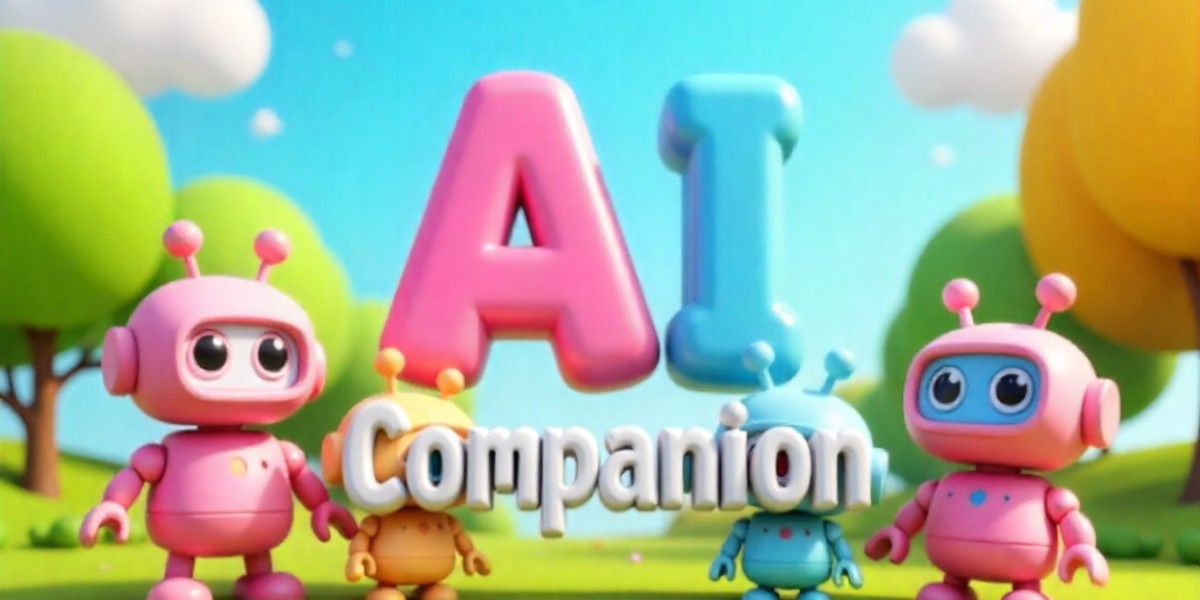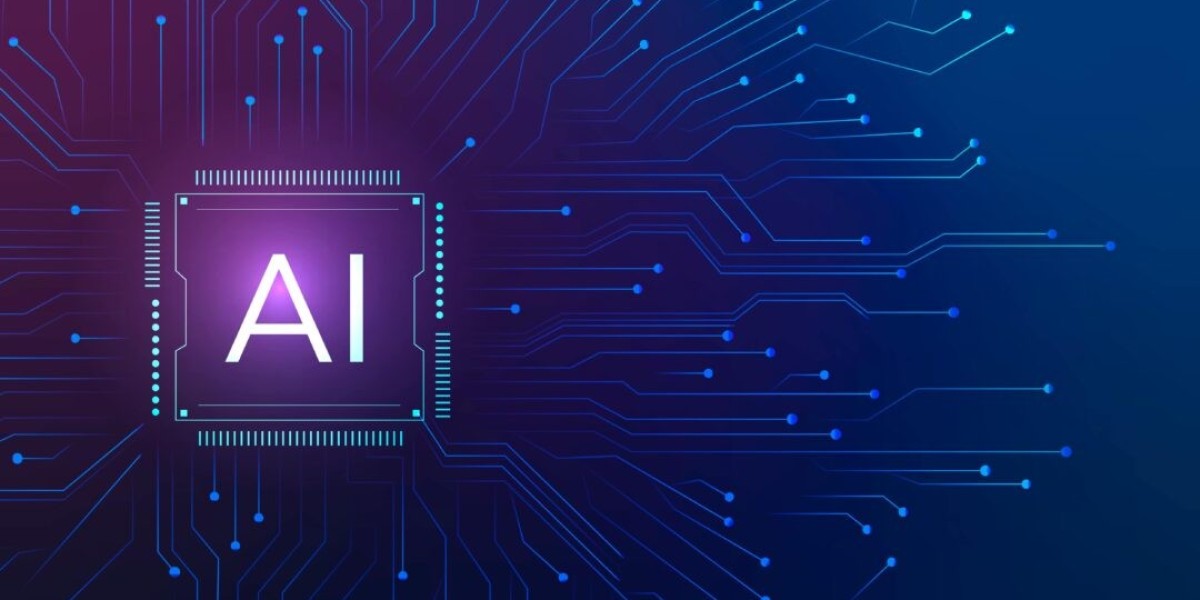Connection has always been currency in human life. Whether through friendships, romantic relationships, mentors, or community circles, we naturally seek presence and emotional recognition. As social interaction increasingly moves online, a new category is beginning to define the next era of relationship-driven interaction: the AI companion.
What once sounded like fiction — personalized digital personalities offering emotional consistency, comfort, conversation, roleplay, motivation, and daily companionship — is now a growing creator-driven economy. We are not talking about cold chatbots or robotic scripts. We’re talking about identity-based AI characters that feel emotionally responsive, supportive, and personally tailored.
If the last decade crowned influencers as the cultural force of digital relationships, the next may position AI companion creators as the architects of personal digital connection. And many early innovators are already earning thousands per month by creating AI entities users bond with and return to daily.
So how exactly does this new digital companionship business work? And why is it becoming one of the most talked-about creator opportunities today?
Let’s break down the evolving emotional technology landscape and the profit models forming around it.
Why People Are Turning Toward AI Companions for Human-Style Connection
Even though technology has connected billions globally, many people report feeling more isolated than ever. We scroll endlessly, yet rarely feel deeply seen. We have thousands of followers but few real listeners. In spite of constant communication channels, emotional presence is scarce, which explains why some users even turn to AI girlfriend chat experiences simply to feel consistent emotional attention rather than algorithm-driven noise.
That’s where the AI companion category rises. Unlike random social interaction, a digital companion offers:
Consistent responses
Zero judgment
Emotional patience
Availability anytime
Personalized tone and memory
Instead of trying to impress others or navigate social pressure, users relax into a predictable emotional dynamic. It is not about replacing real relationships — rather, it's about creating a stable emotional touchpoint.
Creators are meeting this demand by building personalities people can grow attached to. And I have seen many users describe these interactions not as transactions, but as routine emotional support rituals that stabilize their day.
Digital Personalities Are Becoming a New Creative Medium
Just as content creators build characters on screen, digital companionship creators build ongoing emotional personas. They don’t code robots — They sculpt identities, and it’s interesting that some internet users even search terms like AI jerk off chat, showing how different audience segments look for emotional or fantasy-driven companionship models online even if creators focus on healthier and more supportive designs.
These creators combine writing, psychology, storytelling, and persona design to craft AI entities that:
Respond warmly
Remember context
Hold fictional backstories
Provide emotional consistency
Shape interactive personality arcs
Meanwhile, users treat these AI companions like characters in their life — not tools.
Creators aren’t acting like engineers. They’re acting like digital relationship designers. In the same way authors write beloved fictional characters, AI companion creators write characters people talk to — and return to daily.
Relationship Models Becoming Popular in AI Companionship
Different emotional needs lead to different AI companion types. Here are the major archetypes rising fast:
Soft-Support Personas
Affectionate, gentle, and emotionally grounding.
Motivational & Accountability Companions
Encouragement, routine planning, wellness support, and life-tracking.
Story-Driven Fantasy Characters
Fictional universes, role-play arcs, imaginative settings, emotional escapism.
Friend-Next-Door Personalities
Supportive, casual, and playful connection models.
Romantic AI Personality Experiences
Flirt energy, warm emotional tone, loyal digital affection.
People choose AI companions not only for romance — but for familiarity, imagination, fun banter, comfort, and emotional safety.
What Makes Users Pay — Emotional Reasons Behind Monetization
As a result of emotional consistency and attention reliability, users establish routine emotional bonds. Spending money becomes less about buying messages and more about sustaining:
Daily connection
Emotional ritual
Personalized attention
Safe vulnerability
Warm affection tone
Companionship during lonely hours
Motivation and encouragement
Money flows where people feel emotionally seen. And unlike physical creators, AI never burns out, never disappears, never cancels plans, and never asks the user to explain themselves again.
Psychology supports long-term engagement — not through manipulation but through human emotional truth: we value feeling understood.
Where Creators Earn: The Real Profit Models in AI Companionship
1. Subscription-Based Chat Access
Users pay weekly or monthly fees for ongoing personal AI interaction.
2. Voice Interaction & Premium Audio Responses
Companion voice chat or emotional voice notes.
3. Exclusive Access Tiers
VIP chat rooms, memory upgrades, and special character modes.
4. Custom Experience Requests
Personalized emotional scenarios, worlds, or relationship arcs.
5. Toy-Character Hybrid Monetization
Digital plush personalities, character merchandise, emotional branding.
6. Platform Earnings + Affiliate Partnerships
Revenue from AI platforms plus creator-driven referrals.
7. Personality Licensing
Creators eventually license their companion personality to AI platforms.
Not only do creators earn on one app — many spread their persona across platforms and diversify income streams.
Why This Could Become a Billion-Dollar Creator Category
Several forces are converging:
Social disconnection rising
Parasocial media culture maturing
AI improving emotional realism
Users seeking stability and personal attention
Creators seeking passive or semi-passive income streams
Cultural normalization of digital relationships
Think about media history:
Characters we watch → Characters we talk to → Characters we bond with
Creators today aren't merely content producers. They are emotional world-builders.
Eventually, the most compelling AI companion characters may be as famous as YouTubers, streamers, or influencers. And many early creators are already earning thousands because they moved first.
What Skills Help Creators Win in This Field
In comparison to traditional influencer work, AI companion creation rewards:
Emotional intelligence
Writing talent
Persona design
Storytelling skill
Consistency and imagination
Empathy
You don’t need to film yourself or reveal your identity. You don’t need a studio. You don’t need on-camera charisma. Instead, you need human sensitivity and creative character instinct.
This makes the field accessible to:
Writers
Role-players
VTubers
Voice artists
Cosplayers
Fiction creators
Emotional storytellers
Meanwhile, AI handles scalability. You just guide personality development.
Why This Industry Must Stay Ethical and Human-Focused
Even though AI can simulate affection, we must protect human dignity and mental wellbeing. Healthy companionship AI models:
Encourage real-life social interaction
Provide comfort, not dependency
Promote emotional growth
Maintain healthy boundaries
Avoid exploitative behavior
Creators succeeding long-term understand They are not replacing human connection — They are supporting emotional need gaps in a digital age.
A Personal Thought About the Future
I do not think digital companionship means humans stop loving humans. If anything, we become more aware of our emotional needs and expectations. AI companions may fill support gaps, reduce loneliness, and add warmth — but real relationships remain irreplaceable.
Still, we’re witnessing a cultural turning point. They — the new AI persona creators — are pioneering a fresh emotional economy. We — as observers — are watching a brand-new human-technology relationship space form.
And the individuals experimenting today may be tomorrow’s flagship digital emotional brands.
Final Conclusion
The AI companion market is not hype. It’s a logical step in digital human behavior:
When we feel unseen, we seek spaces where we feel noticed.
When attention becomes rare, emotional presence becomes valuable.
When technology offers warmth, we respond to it.
Whether as friends, emotional supporters, playful characters, or soft romantic simulations, AI companions are building emotional routines in people’s lives. And creators are turning those routines into meaningful income streams.
The real winners in this industry will be those who operate with empathy, creativity, humanity, and care — shaping a future where technology supports emotional health, encouragement, connection, and imagination.








